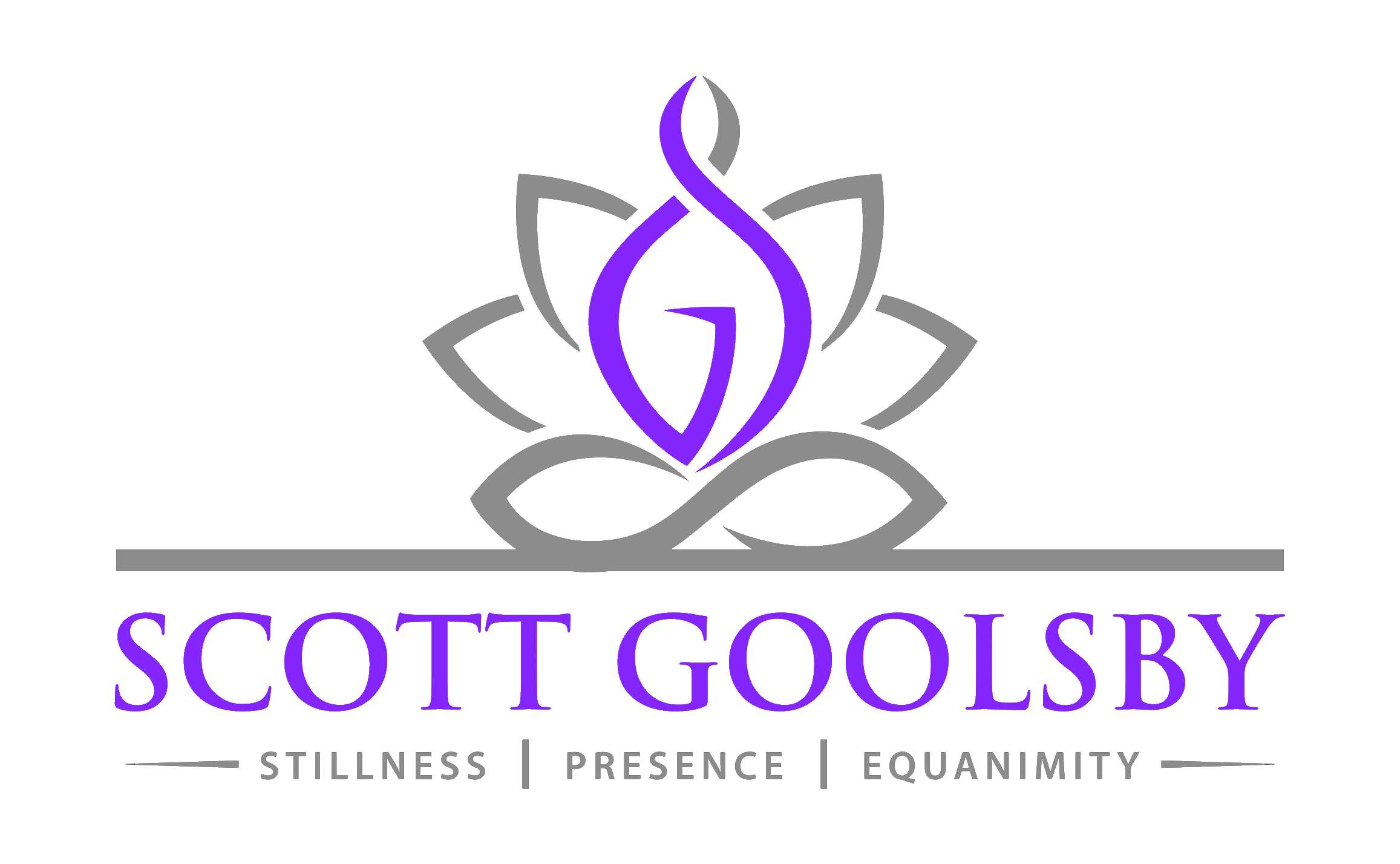Many people have a misconception that the spiritual path is about nothing other than always feeling good, of only having “positive” experiences, of never allowing our anger to show. This is simply not the case. The spiritual path is about not identifying with that anger, sorrow, joy, or other form of suffering. These are emotions and feelings occurring in the mind stream and they will pass, but these emotions are not us. They don’t define us and they are not inherently existing. As is often the metaphor used by many Buddhist teachers, emotions are like clouds floating by a blue sky. Our mind in its true, intrinsic nature, is like the blue sky. Calm, clear, unpolluted.
Some people will view the act of experiencing those emotions and feelings that we tend to label as negative such as anger or sorrow, as an unwanted, unspiritual, unnecessary occurrence. However, this is not at all the case. These “negative” emotions are part of what it means to be human. Further, they are pointing at something within our minds that wants to be looked at, something that needs to be put in light. These emotions have no existence in and of themselves, they are part of the story of ourselves that we have conglomerated hour by hour, day by day, and they are pointing to that story and the falseness of it all. They are pointing to our boundless nature that exists beyond the stories and lies. Beyond the labels and beyond the emotions.
I invite you to feel these emotions, whether positive or negative, and get to know them. Let them flow through your mindstream. Even experience them in your body. Allow your heart to break open in 1,000 pieces so that it can have space for greater love. Know your fears and sorrows so that you may meet your joys more profoundly. And, ultimately, know that these are layers upon the story of “you” being felt and known by something that you believe to be you.
Awakening does not mean that there will never be sorrow or that difficult circumstances will never again occur in this life stream. After awakening, we are still human. We still live in the realm of name and form. Life is still occurring. Allow there to be an opening up to the Taoists’ “10,000 joys and 10,000 sorrows”. There is no use in denying the emotions and feelings going on. Transformation occurs in the embrace of the emotions. In their feeling, and in the realization of that which in ourselves they are pointing that will take us even deeper into the experience of being human.
